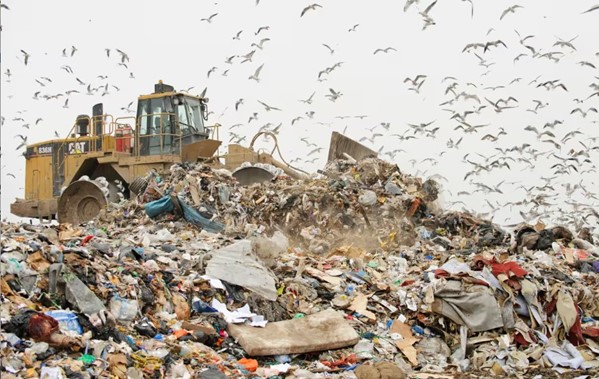
Urban Birds Found to Harbor Antibiotic-Resistant Bacteria, Study Reveals
A recent study has uncovered that wild birds living in urban environments, such as ducks and crows, are more likely to carry bacteria resistant to crucial antibiotics. These findings suggest that the exposure of these birds to bacteria at landfill sites and polluted rivers may explain the prevalence of antimicrobial resistance (AMR) among city-dwelling avian species.
AMR primarily results from the overuse of antibiotics in both humans and livestock, posing a significant global health concern. In 2019 alone, approximately 4.95 million deaths worldwide were linked to bacterial AMR, with 1.27 million of these deaths directly attributed to antibiotic resistance.
Researchers have discovered that wild birds commonly found in urban areas serve as reservoirs for bacteria with genetic markers that indicate resistance to a wide array of drugs. "Essentially, what we're observing are genes that provide resistance to antimicrobials used to treat human infections," explained Professor Samuel Sheppard, co-author of the study from the Ineos Oxford Institute for Antimicrobial Research.
The findings raise alarms as these wild birds have the ability to travel long distances, potentially spreading antimicrobial-resistant bacteria to farmed birds, such as poultry, that are destined for human consumption.
The study, published in the journal Current Biology, involved the analysis of bacterial genomes found in 700 samples of bird feces from 30 wild bird species across several countries, including Canada, Finland, Italy, Lithuania, Japan, Sweden, the UK, and the US. The researchers focused on strains of Campylobacter jejuni, a bacterium commonly found in birds that is also a leading cause of human gastroenteritis.
Typically, a single strain of C. jejuni is found in a wild bird species, specific to that species. However, the study revealed that urban-dwelling wild birds harbor significantly more strains of C. jejuni compared to their rural counterparts. Furthermore, the strains in urban birds carried about three times as many genes linked to antimicrobial resistance, and these genes were also associated with resistance to a broader spectrum of antimicrobials.
The researchers suggest that wild birds may acquire these resistant bacteria through various means, such as scavenging at landfill sites or foraging in rivers and lakes contaminated with human wastewater.
Commenting on the study, Dr. Thomas Van Boeckel, an expert in antimicrobial resistance at ETH Zürich, noted that the research is unique in its focus on the impact of human antimicrobial use on animals. He highlighted the uncertainty about the consequences for the birds but pointed out that human activity seems to be driving this change.
Dr. Danna Gifford from the University of Manchester emphasized the potential implications for human health. While the direct risk of transmission from urban birds to humans remains unclear, she noted that poultry-to-human transmission is well-documented. The increasing overlap between urban development and agricultural land could heighten the risk of indirect transmission through the food chain.
Dr. Andrew Singer from the UK Centre for Ecology & Hydrology called for more samples to confirm the results but suggested that precautionary measures could be implemented. He recommended preventing birds from gathering at landfills, wastewater treatment plants, and areas where animal waste accumulates, as these sites are rich in both pathogens and antimicrobial-resistant bacteria. Additionally, he stressed the importance of eliminating the discharge of untreated sewage into rivers to protect both wildlife and humans from exposure to harmful pathogens and AMR.